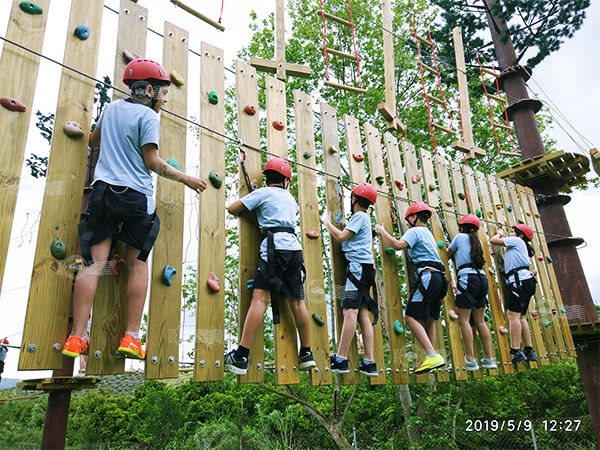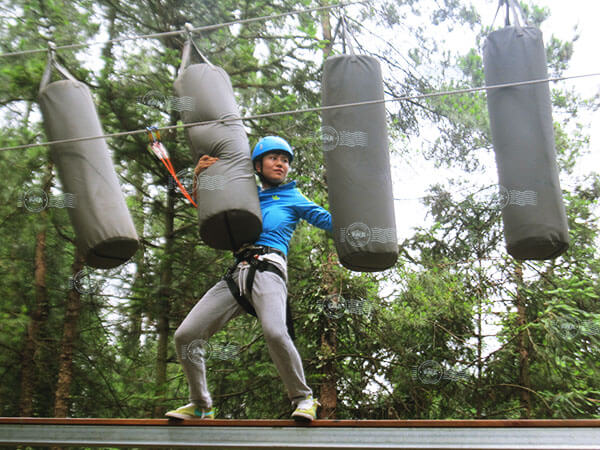Introduction of Belay System
Date: 2020-06-10 Share Us:
Continuous Wire Belay System
Continuous Wire Belay System eliminates the need for any transfer besides the first one to start the course and the second one to exit the course. Once connected, the participant’s lanyard is connected to a shuttle or trolley which is in a steel track or riding on a cable system.
The continuous nature of the system prevents the possibility that the participant will become disconnected from the fall arrest system while on the ropes course. As participants move from element to element, the shuttle or pulley must move over or though some form of a bracket attached to the support structure (pole, tree or column).
This option is usually best for commercial use. If you’re trying to get a large amount of people though during the time of operation, this would be your best option.

